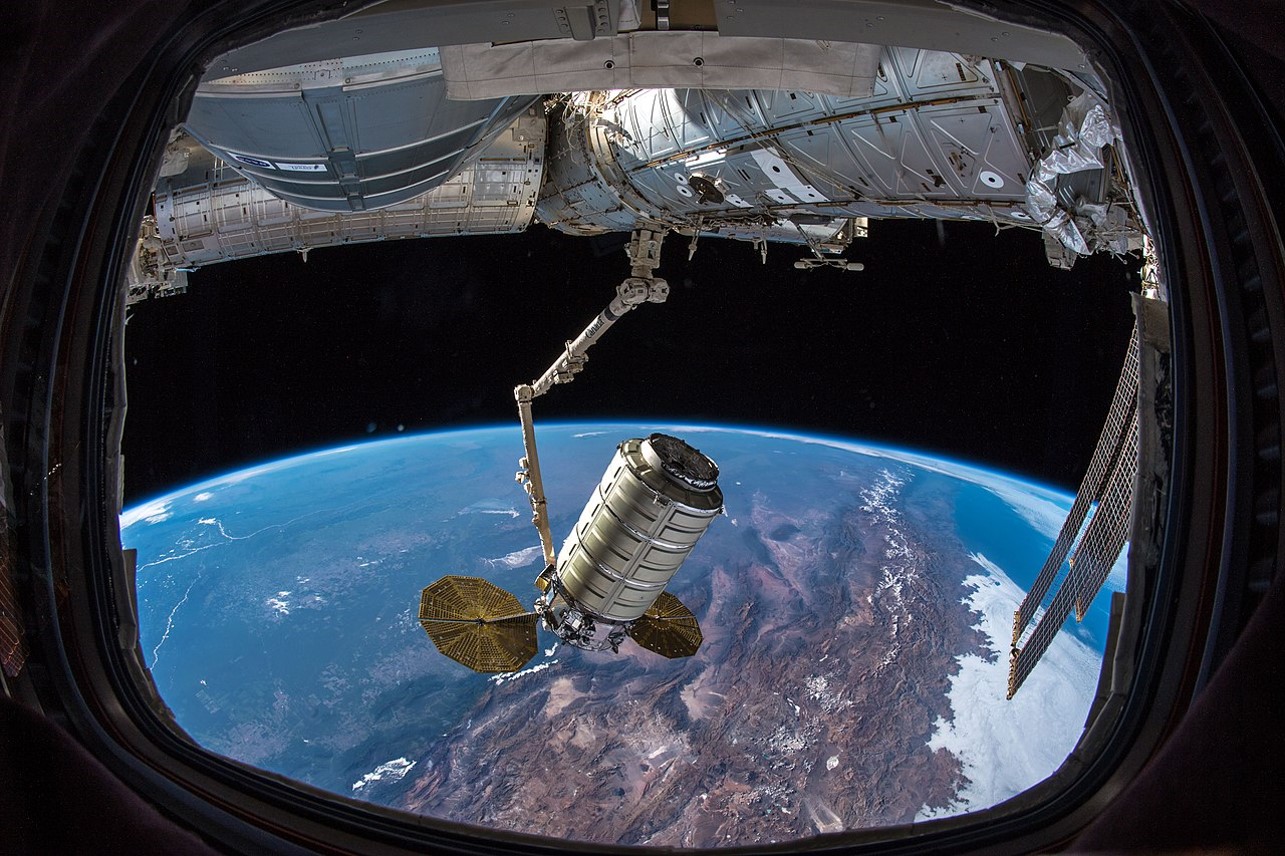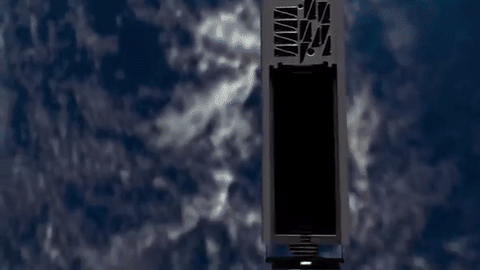Move over, Starlink. SpaceX’s global internet play might have caught the world’s attention with its 60-satellite launch last month, but little did we know that it had already been upstaged — at least in terms of sheer numbers. The KickSat-2 project put 105 tiny “femtosats” into space at once months earlier, the culmination of a years-long project begun by a grad student.
KickSat-2 was the second attempt by Zac Manchester, now a professor at Stanford, to test what he believes is an important piece of the coming new space economy: ultra-tiny satellites.
Sure, the four-inch CubeSat standard is small… and craft like Swarm Technologies’ SpaceBEEs are even smaller. But the satellites tested by Manchester are tiny. We’re talking Triscuit size here — perhaps Wheat Thin, or even Cheez-It.
The KickSat project started back in 2011, when Manchester and his colleagues did a Kickstarter to raise funds for about 300 “Sprite” satellites that would be launched to space and deployed on behalf of backers. It was a success, but unfortunately once launched a glitch caused the satellites to burn up before being deployed. Manchester was undeterred and the project continued.
He worked with Cornell University and NASA Ames to redesign the setup, and as part of that he and collaborator Andy Filo collected a prize for their clever 3D-printed deployment mechanism. The Sprites themselves are relatively simple things: essentially an unshielded bit of PCB with a solar panel, antennas and electronics on board to send and receive signals.
The “mothership” launched in November to the ISS, where it sat for several months awaiting an opportunity to be deployed. That opportunity came on March 17: all 105 Sprites were sprung out into low Earth orbit, where they began communicating with each other and (just barely) to ground stations.
This isn’t the start of a semi-permanent thousands-strong constellation, though — the satellites all burned up a few days later, as planned.
“This was mostly a test of deployment and communication systems for the Sprites,” Manchester explained in an email to TechCrunch. The satellites were testing two different signals: “Specially designed CDMA signals that enable hundreds of Sprites to simultaneously communicate with a single ground station at very long range and with very low power,” and “simpler signals for short-range networking between Sprites in orbit.”

The Cygnus spacecraft with the KickSat-2 CubeSat attached — it’s the little gold thing right by where the docking arm is attached.
This proof of concept is an important one — it seems logical and practical to pack dozens or hundreds of these things into future missions, where they can be released into controlled trajectories providing sensing or communications relay capabilities to other spacecraft. And, of course, as we’ve already seen, the smaller and cheaper the spacecraft, the easier it is for people to access space for any reason: scientific, economic or just for the heck of it.
“We’ve shown that it’s possible for swarms of cheap, tiny satellites to one day carry out tasks now done by larger, costlier satellites, making it affordable for just about anyone to put instruments or experiments into orbit,” Manchester said in a Stanford news release. With launch costs dropping, it might not be long before you’ll be able to take ownership of a Sprite of your own.
